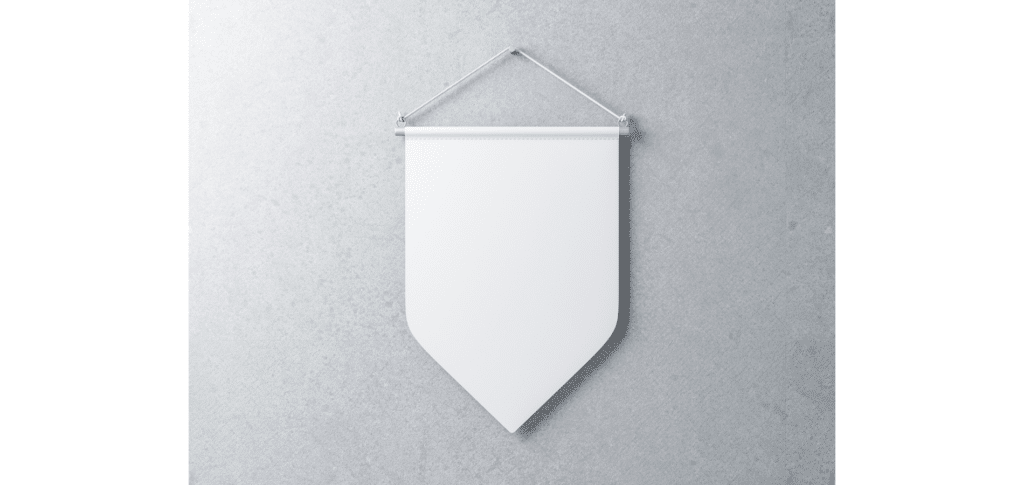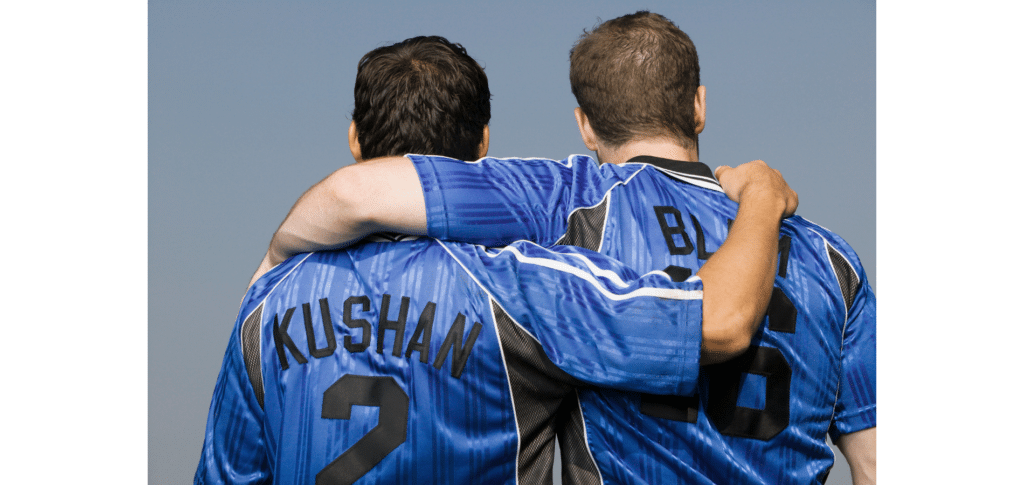As football fans, we often don’t pay attention to some of the usual routines that take place before a match kicks off because we’ve seen them numerous times already!
In fact, quite a number of people (myself included), would rather join a game a few seconds after it has already commenced in order to avoid all the pre-game advertisements and obligatory player handshaking that takes place prior to the start.
However, as spectators we are not all alike.
Some people like to fully immerse themselves in the action, and for the naturally inquisitive minds, the question of why soccer teams exchange banners prior to kick off is likely to arise.
The practice of banner exchange is performed by club and national captains as a way of symbolising the respect that the participants of each team have for each other.
By performing the swap, each player representative recognises the value of the opposing team and makes an unwritten and unspoken commitment to playing the game in a fair and sportsmanlike manner.
I’ll now briefly describe the make up of these banners before expounding a little on the earlier points of respect and fair play.
Let’s begin…
What are football pennants?

The article has made reference to banners at various points, so it is important to clarify what these banners actually are and how they look like.
When you see team captains coming together for the pre-match coin flip, you’ll notice them carrying flag-like objects which have either their national or club emblem printed onto them.
They actually have a specific name called football pennants.
I was quite surprised to discover this only recently, because as a frequent watcher of football I don’t tend to pay much attention to the happenings that occur before a game kicks off.
Now, a normal pennant will usually just have a logo embroidered onto it, but in the case of special fixtures like a Champions League or World Cup final, they will also feature the date of the event as well as the stadium venue and the name of the opponent.
You can find a number of different coloured and styled football pennants available for really affordable prices on Amazon.
Here’s what I thought were the pick of the bunch:
Why do soccer teams exchange banners?
The act of football pennant exchange is certainly a peculiar one to note.
But this pre-match routine is not performed for fun or just for the sake of it.
The rationales for the flag swaps that we so often see are arguably two-fold:
1. Symbolising respect

The moment where pennants are exchanged signifies the fact that the players respect not only their craft, but also the people who are equipped with the necessary skills to oppose them.
It’s an event that can even be likened to a handshake between the presidents of two separate nations!
But perhaps most importantly, practicing good sportsmanship on and even off the field serves as a reminder that athletes are all civil people no matter what sort of backgrounds they originate from.
2. Commitment to fair play

If you’ve seen or encountered a brawl taking place during a game of football, then you know it can become really intense and relatively dangerous for the people involved.
Perhaps the worst case of violence taking place in football was the massive fight that erupted in Egypt.
At least 73 people died and a hundred others sustained injuries due to rival groups of fans physically voicing their frustrations by taking to the pitch.
So, the act of both teams exchanging banners is quite significant in the sense that each side is making an implicit commitment to adhere and comply with all the rules of the game whilst not engaging in any form of violent conduct.
This is so important as football is a sport where emotions can run really high at times.
If, for example, two players were to get involved in a fight with other team mates of both sides joining in, the initial scuffle is likely to descend into chaos.
As dedicated fans observe proceedings from the stands, they may feel the urge need to support their team’s players by getting up from their seat and jumping over the advertising hoardings to potentially back them up in a fist fight.
Conclusion
Ultimately, soccer teams exchange banners as a way of showing respect towards their opposition and to show that they are in full support of playing the game in a sportsmanlike and fair manner.
If you want to read similar informational articles about the sport, then you can check out our related post on:
- Why soccer players kneel before the start of games; or
- Why soccer players walk out onto the pitch with children prior to kickoff
Alternatively, if you just want to learn more about the basics of soccer, then have look through our general articles on why soccer clubs sell players as well as how football referees communicate to keep matches flowing smoothly.
If you enjoy the content that I create and would like to buy me a coffee, then I’d really appreciate it!
Any money that I earn through this donation will be re-invested into more content for this website.
Additionally, by sending in a donation you’ll also receive a copy of my recently released 190+ page eBook on Soccer Ball Care, as well as be subscribed to our mailing list where you’ll be regularly informed on the latest developments concerning the Soccer Whizz blog.
- Future Icons: Europe’s Emerging Midfield Maestros Set for Glory - December 4, 2023
- Kickstarting a Revolution: How Soccer Transformed the United States Over the Last Four Years - October 7, 2023
- 4-1-4-1 Soccer Formation [Analysis] - September 23, 2023

